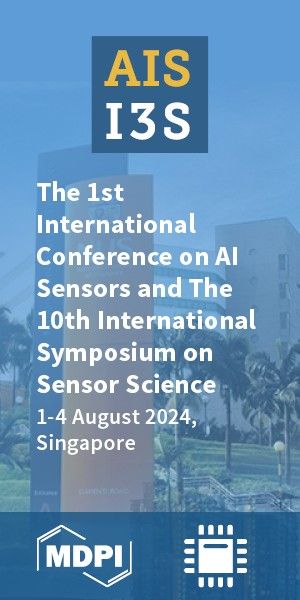Review
Version 1
Preserved in Portico This version is not peer-reviewed
Application of Intracranial Compliance in Clinical Approaches for Brain Disorders
Version 1
: Received: 26 October 2023 / Approved: 27 October 2023 / Online: 27 October 2023 (10:33:52 CEST)
A peer-reviewed article of this Preprint also exists.
Gholampour, S. Why Intracranial Compliance Is Not Utilized as a Common Practical Tool in Clinical Practice. Biomedicines 2023, 11, 3083. Gholampour, S. Why Intracranial Compliance Is Not Utilized as a Common Practical Tool in Clinical Practice. Biomedicines 2023, 11, 3083.
Abstract
Intracranial compliance (ICC) plays a pivotal role in understanding the underlying mechanisms of various brain disorders and is of great clinical importance. Therefore, addressing the challenges in practical application of ICC is crucial for neurosurgeons. This study explored the significance of ICC assessment considering the time-dependency of specific brain disorders through two distinct approaches: short and large time elapsed (TE) in measuring volume or intracranial pressure (ICP) changes in the ICC equation (∆Volume/∆ICP). Variations in ICC values were observed across various ICC assessment methods and different TE values. Notably, the compensatory response of the brain exhibited non-monotonic and variable changes in a large TE for certain brain disorders, diverging from patterns observed in short TE assessments. Furthermore, the recovery behavior of the brain changed under different brain disorders when exposed to short and long TE conditions. These findings emphasized the dynamic nature of ICC and provided valuable insights into the correct practical assessment of ICC by selecting the appropriate TE, as well as considering the differences in strain rates and loading durations on the brain in different brain disorders. These insights also shed light on the reasons why, despite its clinical significance, ICC monitoring has not yet become a standard component of clinical care, unlike ICP monitoring.
Keywords
Intracranial compliance; Viscous component; Time-dependent disorders; Brain disorder; Strain rate; Cerebrospinal fluid; Brain biomechanics; Clinical application.
Subject
Medicine and Pharmacology, Neuroscience and Neurology
Copyright: This is an open access article distributed under the Creative Commons Attribution License which permits unrestricted use, distribution, and reproduction in any medium, provided the original work is properly cited.
Comments (0)
We encourage comments and feedback from a broad range of readers. See criteria for comments and our Diversity statement.
Leave a public commentSend a private comment to the author(s)
* All users must log in before leaving a comment








